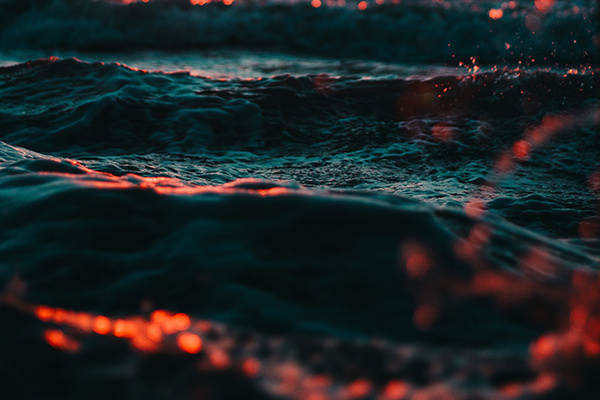SEA-CO2 Seminar: Sensing Exports of Anthropogenic Carbon through Ocean Observation, an upcoming ARPA-E program on mCDR MRV technology development


Presenters: Simon Freeman (ARPA-E) & Daniel Rogers (ARPA-E)
This seminar is an outreach effort seeking to inform the ocean sciences and sensor development community about ARPA-E and the upcoming SEA-CO2 program. This program seeks to accelerate the development of the marine Carbon Dioxide Removal (mCDR) industry through the development of Measurement, Reporting and Validation (MRV) technologies.
MRV must be of sufficient quality to quantify carbon drawdown magnitudes, the degree of permanence, and bound the uncertainties associated with these parameters so that carbon markets can ascertain credit quality and financial institutions can make informed decisions regarding investment risk. mCDR will be an essential component of a future negative emissions industry, that alongside emissions reduction is necessary in restricting climate warming to less than 2°C in order to avoid global, irreversible, and catastrophic changes caused by this temperature rise. To achieve these goals, a paradigm shift is required in chemical oceanographic data collection from today’s sensors capable of accurate measurements at individual point locations, towards a goal of persistent sensing at equivalent accuracies across large areas and/or volumes.
Technical progress is required in two areas: 1) The development of persistent, radiated energy-based (i.e., optical, acoustic, electromagnetic) chemical oceanographic sensor technologies that enable large-scale volumetric or swath quantification of mCDR-relevant ocean chemical parameters, beyond depths sensed by satellite systems, to transform our fundamental understanding of the ocean carbon cycle, quantify mCDR efficacy, and to reduce or eliminate under-sampling concerns that limit carbon credit quality. 2) The development of regional-scale, ocean carbon flux models that integrate and estimate the combined major carbon cycles (i.e., physical, inorganic chemical, micro and macro-biological) likely to be impacted by one or more mCDR approaches in the region. Models will be developed under this program to first achieve state-of-the-art performance levels for bias and variance before application to estimate the impact of new sensing technologies on carbon flux quantification accuracy, and thus credit quality. Models will also be developed as a basis for a data-driven carbon accounting framework.
Sample Technological Approaches/Questions:
1. Acoustics: High-frequency active underwater acoustic sensor developers. Can a high-frequency ADCP or another high-frequency array be modified to capture variations in the acoustic impedance of seawater, possibly revealing water properties in 3D after correlation and validation
2. Optics: Underwater spectroscopy through either backscatter or absorption that could work on spatial scales of ~1-100m. Approaches could include Raman, i.e., not just elemental but molecular characterization. Particular interest in time-gated backscatter techniques, as those would give range resolution.
3. Electromagnetic sensing. Technology being demonstrated by some (e.g. Twinleaf) is so sensitive. Could it be used to characterize the minute variations in local EMF created by (i) seawater composition (ii) seafloor sediment composition (iii) the many millions of living things per m^3 of seawater, including microbial as well as macro-organisms?